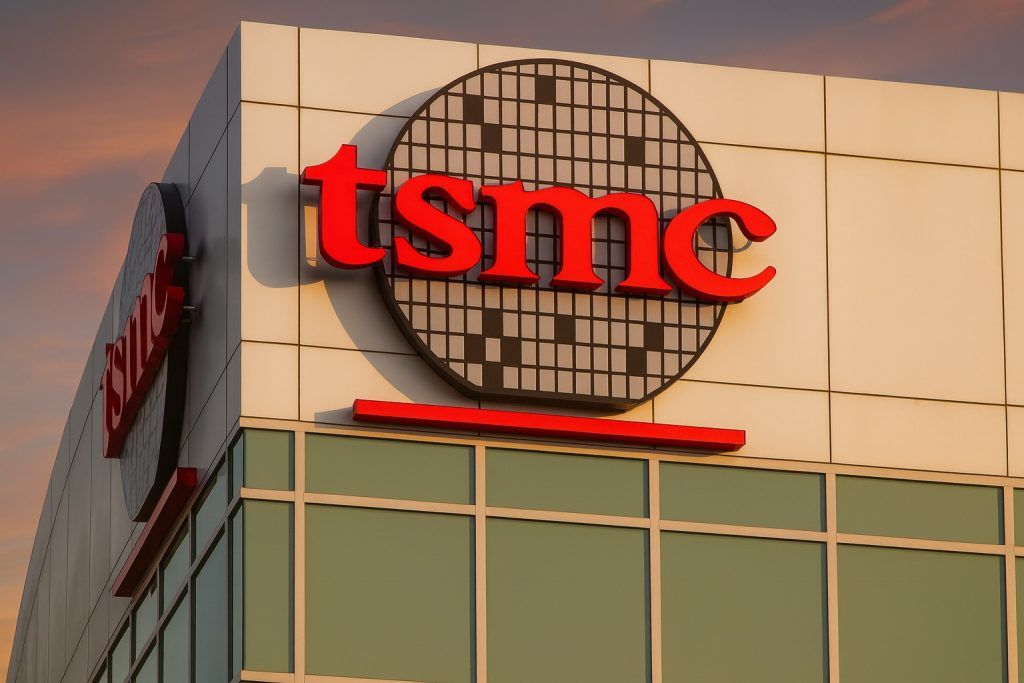- MacKenzie Scott slashed her Amazon stake by ~42% in the past year, selling roughly 58 million shares (about $12.6 billion at recent prices) [1] [2].
- After the sale, Scott holds about 81.1 million Amazon shares; the filing (dated Sept. 30) shows Bezos still reports those shares under his name per their divorce agreement [3] [4].
- Scott, a noted philanthropist, has donated over $19.25 billion since 2019 through her Yield Giving foundation [5] [6], funding education, health, and equity causes.
- Amazon stock is trading near the mid-$200s in mid-Oct 2025 (around $215–225) [7] [8]. Analysts overwhelmingly rate it a strong Buy, with a consensus 12-month target in the mid-$200s (roughly 20–25% above current levels) [9] [10].
- Wall Street expects robust growth ahead: Q3 (Sept) sales are forecast to rise ~11–13% YoY, and AWS cloud and advertising are seen as key drivers pushing the stock toward the mid- to high-$200s [11] [12].
Scott’s Big Stake Sale
Billionaire philanthropist MacKenzie Scott (former wife of Amazon founder Jeff Bezos) has significantly cut her Amazon.com (AMZN) holdings. A Bloomberg report on Oct. 14 noted that Scott reduced her stake by 42% over the past year, citing a new SEC filing [13]. The filing (dated Sept. 30) shows Scott now owns about 81.1 million Amazon shares, down roughly 58 million from a year earlier. At Amazon’s market price, that divestment is worth about $12.6 billion [14] [15]. It isn’t clear whether those shares were sold on the open market or donated to charity – Scott’s filings simply report the lower share count [16].
Amazon itself did not comment on the filing. Under her divorce terms Scott’s shares are reported by Bezos (who retains voting control over them), which is why the SEC filing lists her stake under his name [17] [18]. Notably, Bezos still holds well over 960 million shares (about 9% of Amazon) after his own recent sell-offs [19]. After news of the filing, Amazon’s stock dipped modestly – closing around $216.39 on Oct. 15, about 2% below the prior day’s close [20]. Traders noted this was likely just a short-term reaction, as the sale reflects Scott’s portfolio choices rather than any change in Amazon’s fundamentals.
Philanthropy and Motivation
Rather than a signal about Amazon’s business, Scott’s move is viewed in the context of her unprecedented philanthropy. Since her 2019 divorce from Bezos, Scott has dedicated herself to giving away her fortune. She has publicly pledged to give away the majority of her wealth and has donated over $19.25 billion to some 2,400 nonprofit groups so far [21] [22]. Her Yield Giving foundation’s gifts span causes like education, public health, and racial equity. For example, recent high-profile donations include a $42 million gift to a Bay Area college-access nonprofit and a $70 million fund for Historically Black Colleges (HBCUs) [23]. In sum, many analysts interpret Scott’s share reduction as freeing capital for further charitable giving.
Neither Bloomberg nor the SEC filing specified exactly how the shares were transferred. The Times of India notes the filing doesn’t say whether the decline was due to sales or donations [24]. But previous filings and her giving track record suggest Scott likely used the proceeds to fund new grants. (For context, Scott’s remaining 4% stake in Amazon made her ~$36 billion richer in 2019, and Amazon’s stock has more than doubled since then, so she remains fabulously wealthy even after this cut [25].)
Amazon Stock Outlook
Investors have largely shrugged off the news, focusing instead on Amazon’s own outlook. Amazon’s recent quarterly results have been solid: in Q2 2025 sales jumped 13% year-over-year to $167.7 billion, with Amazon Web Services (AWS) revenue up ~17% and advertising (“Other”) up ~22% [26]. These strong fundamentals underlie Wall Street’s bullish stance. In fact, nearly all analysts rate AMZN a Buy. According to market data, 45 out of 46 covering analysts recommend buying the stock, with a consensus 12-month price target around $264–$266 [27]. Goldman Sachs, for example, just raised its Amazon target to $275, calling it a “top pick” due to cloud and ad strength [28]. TipRanks aggregates the outlook similarly, showing an average target of about $267 (implying roughly 20–25% upside) [29].
Technically, TS2.Tech analysts note that Amazon shares are hovering near long-term support in the $210–215 range, with resistance around $228–$240 [30]. A decisive breakout above ~$240 could propel the stock toward those lofty targets. In the medium term, many strategists forecast double-digit growth to persist: analysts are calling for roughly 11–13% revenue growth in Q3 (fiscal) [31] and expect a robust holiday quarter (Q4) led by e-commerce, AWS, and ads. Longer-term forecasts typically assume 15–20% annual EPS growth as Amazon expands into groceries, logistics, and AI [32] [33]. Some bulls even envision Amazon hitting a $3 trillion market cap in a few years if it executes on AI and cloud opportunities [34].
Industry experts highlight that Amazon’s challenges (such as regulatory scrutiny or slower cloud growth vs. peers) are largely priced in. For instance, Amazon recently settled a U.S. FTC probe with a $2.5 billion payment, which analysts like Daniel Kline say “removed uncertainty” for investors [35]. Given these factors, market watchers generally see any pullbacks – including the recent modest dip – as buying opportunities. As one tech-market brief on TS2.Tech notes, with AWS, AI and ad trends in Amazon’s favor, Wall Street remains broadly bullish even after short-term volatility [36] [37].
In summary, MacKenzie Scott’s $12.6 billion stake reduction is headline-grabbing, but experts caution it’s mostly a personal portfolio move for charity, not a sign of trouble at Amazon. The company’s strong Q2 results and growth initiatives continue to support a positive stock outlook [38] [39]. Investors will be watching Amazon’s upcoming earnings, but many analysts still project the stock to reach the high-$200s in the next 12 months [40] [41]. Whether Amazon will ultimately break toward the $3 trillion market-cap milestone depends on execution in AI, cloud, and other key segments – but for now, Scott’s sale appears unlikely to derail those ambitions.
Sources: Author reviewed Bloomberg, Reuters, Yahoo Finance, TS2.Tech analysis, Business Insider, Times of India, and expert market commentary to compile this report [42] [43] [44] [45] [46].
References
1. www.bloomberg.com, 2. www.tipranks.com, 3. www.bloomberg.com, 4. www.tipranks.com, 5. us.fashionnetwork.com, 6. www.tipranks.com, 7. ts2.tech, 8. www.tipranks.com, 9. ts2.tech, 10. www.tipranks.com, 11. ts2.tech, 12. ts2.tech, 13. www.bloomberg.com, 14. www.bloomberg.com, 15. www.tipranks.com, 16. timesofindia.indiatimes.com, 17. www.bloomberg.com, 18. www.tipranks.com, 19. www.tipranks.com, 20. www.tipranks.com, 21. us.fashionnetwork.com, 22. www.tipranks.com, 23. timesofindia.indiatimes.com, 24. timesofindia.indiatimes.com, 25. www.the-independent.com, 26. ts2.tech, 27. ts2.tech, 28. ts2.tech, 29. www.tipranks.com, 30. ts2.tech, 31. ts2.tech, 32. ts2.tech, 33. ts2.tech, 34. ts2.tech, 35. ts2.tech, 36. ts2.tech, 37. ts2.tech, 38. ts2.tech, 39. ts2.tech, 40. ts2.tech, 41. www.tipranks.com, 42. www.bloomberg.com, 43. ts2.tech, 44. ts2.tech, 45. timesofindia.indiatimes.com, 46. www.tipranks.com










